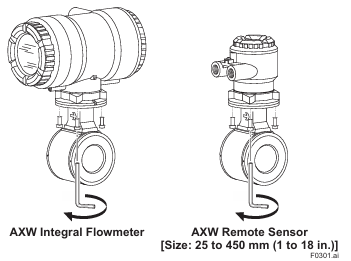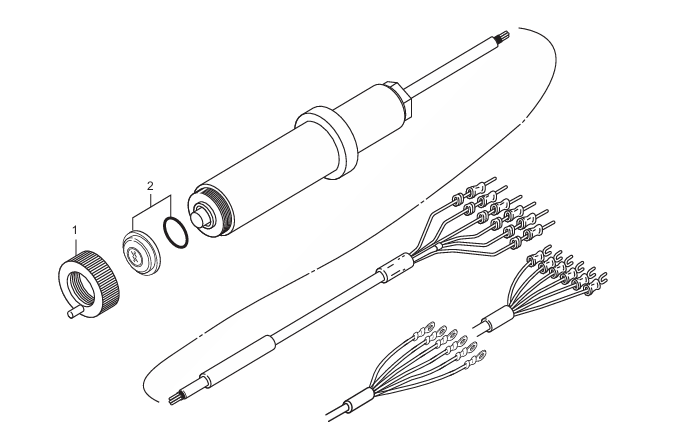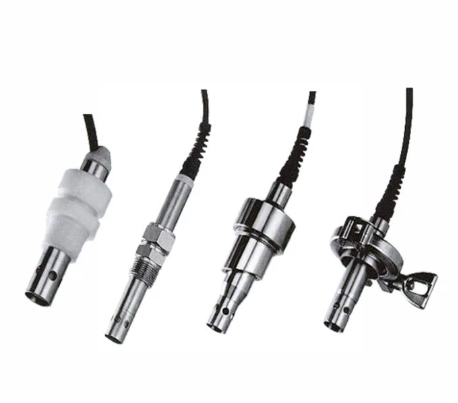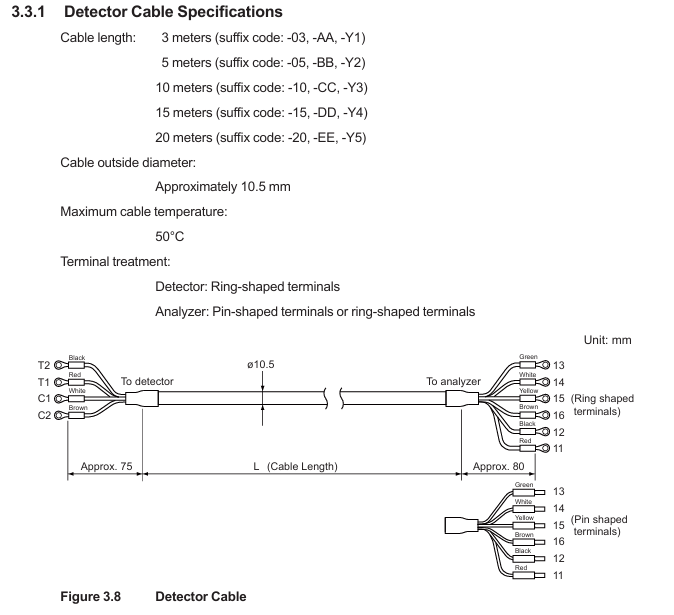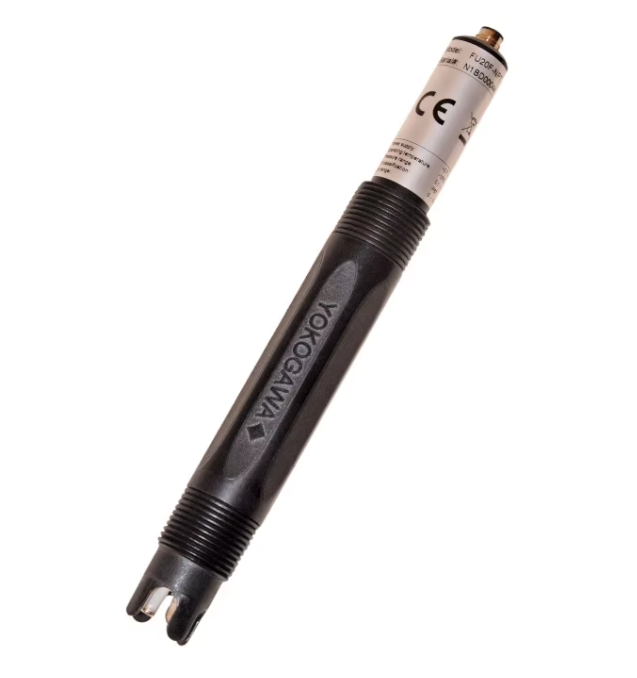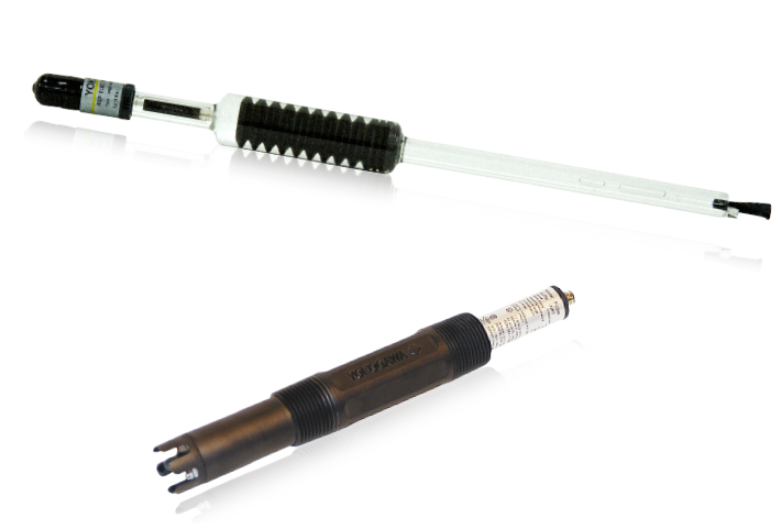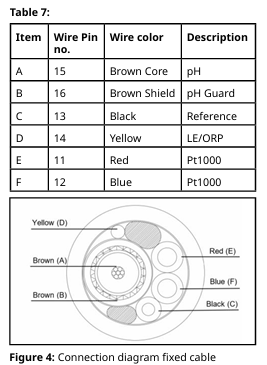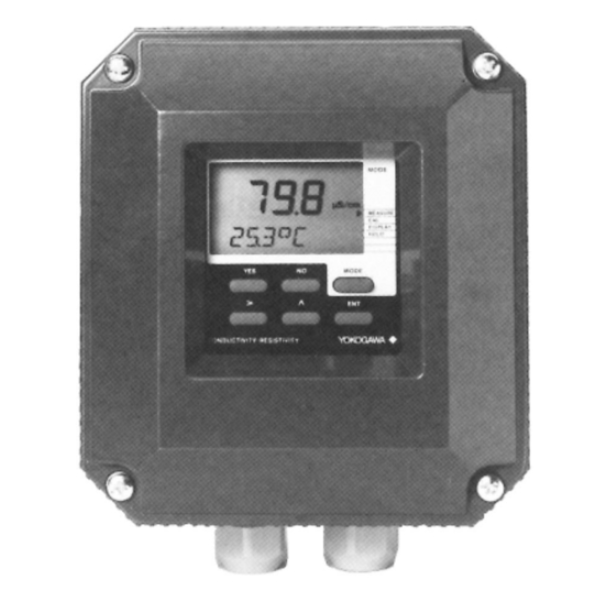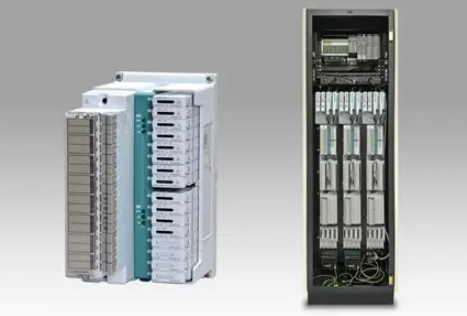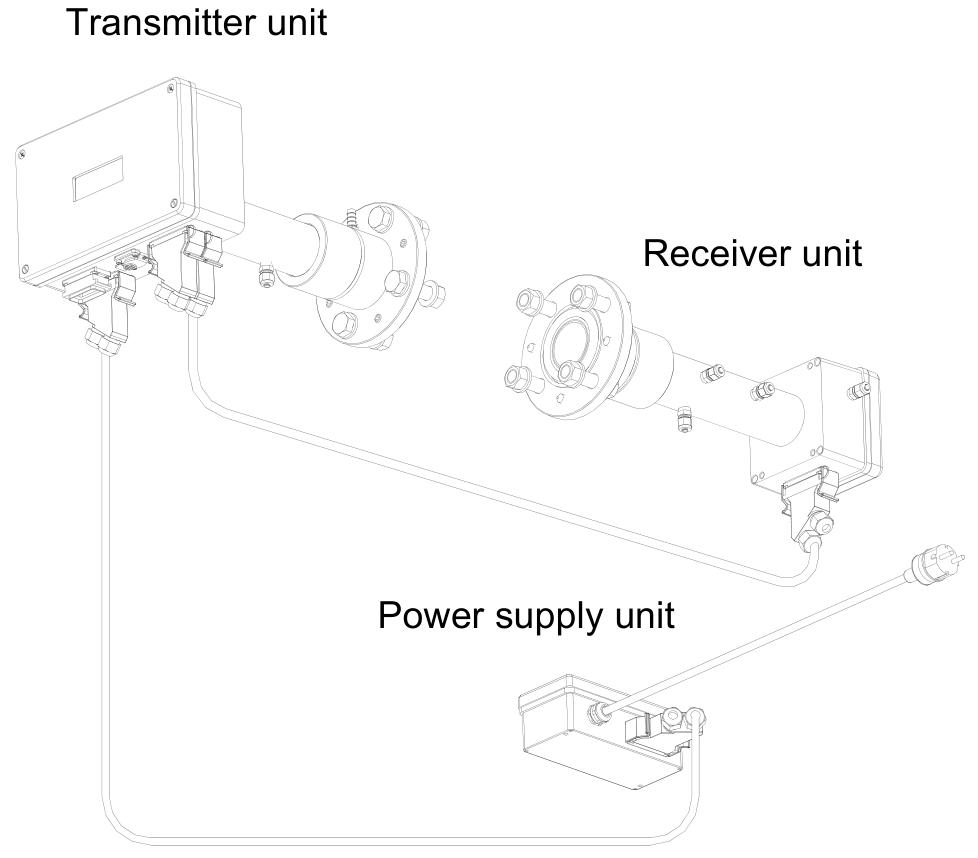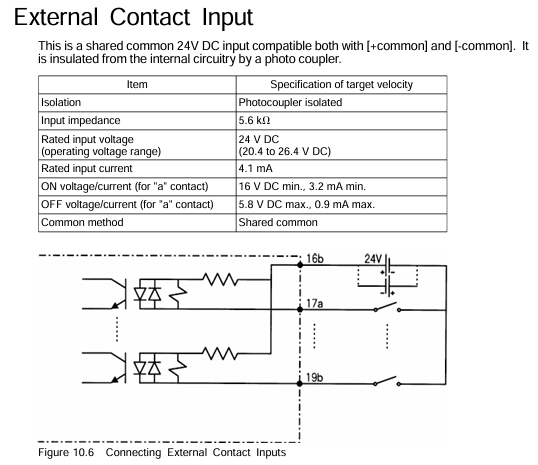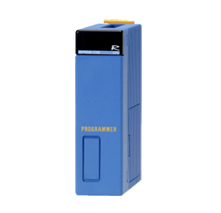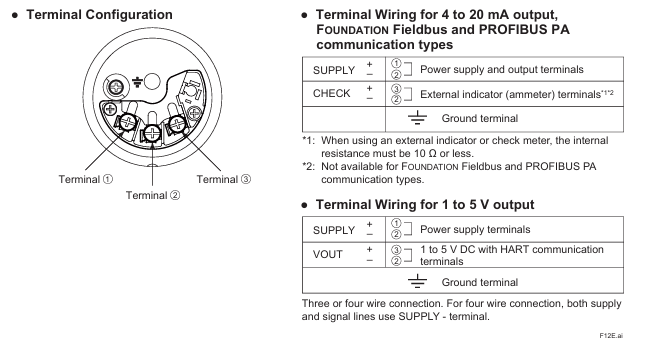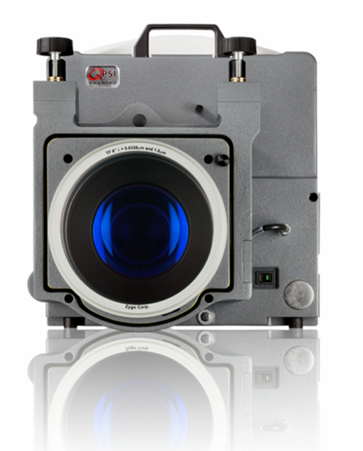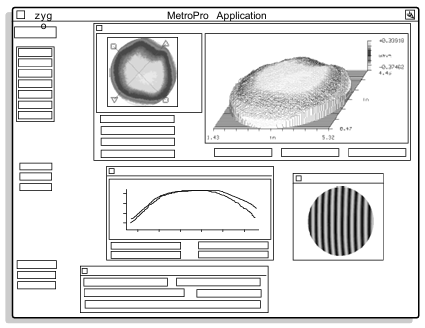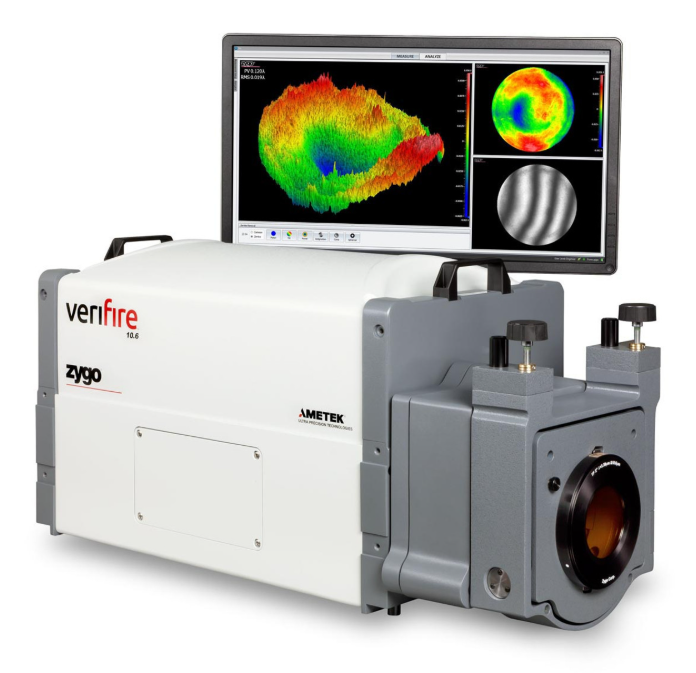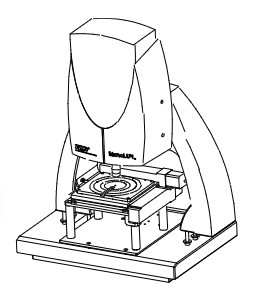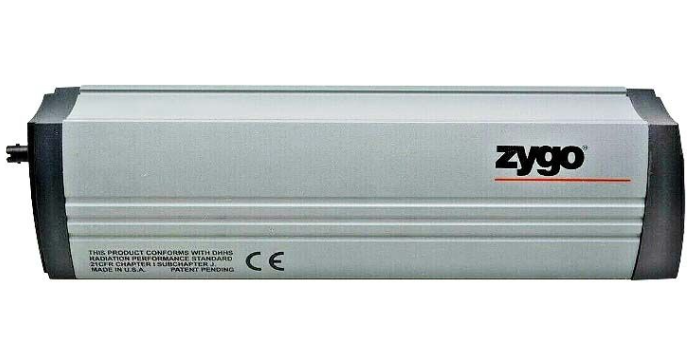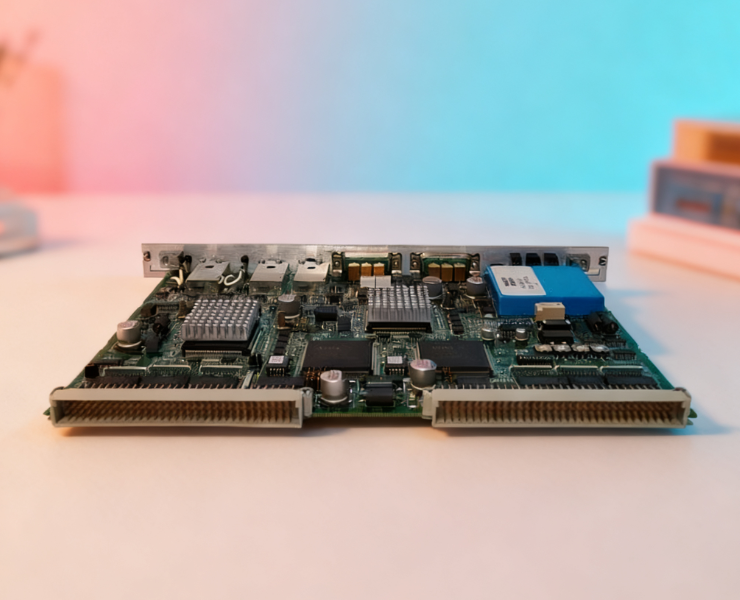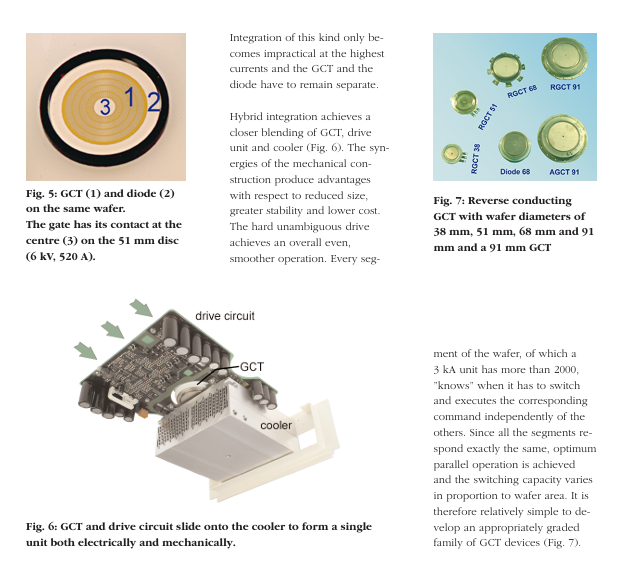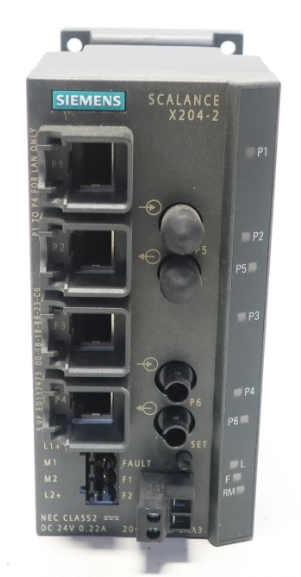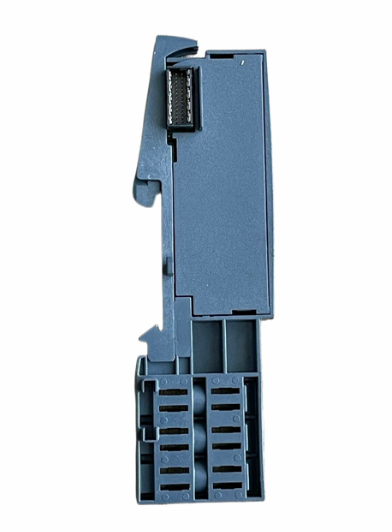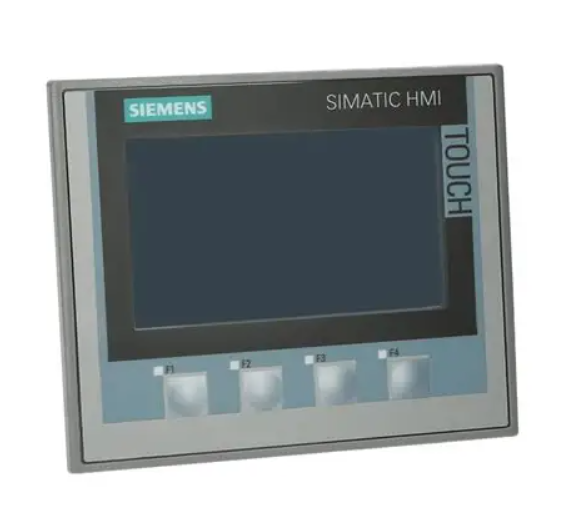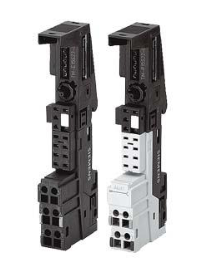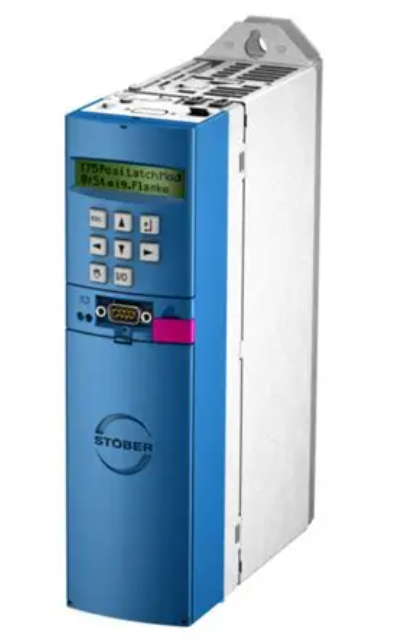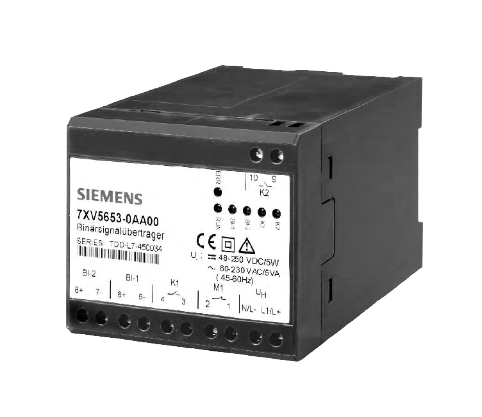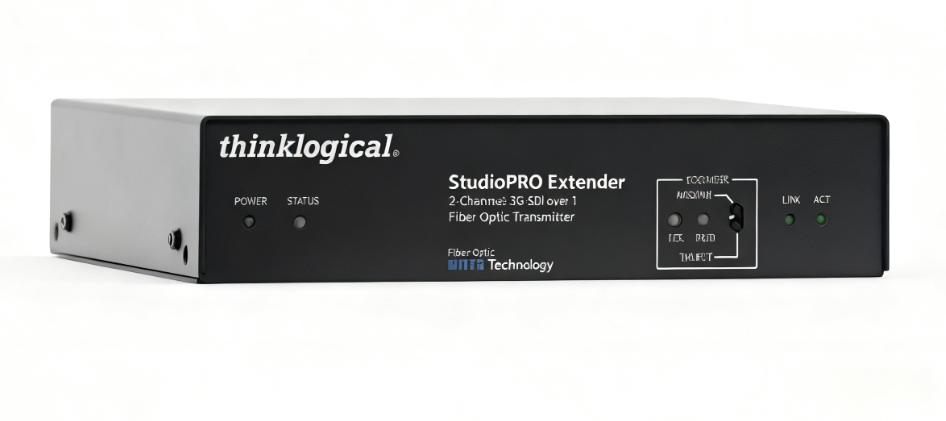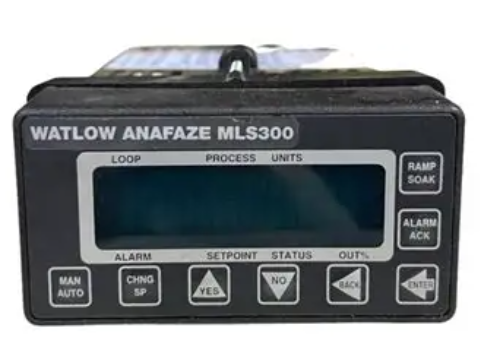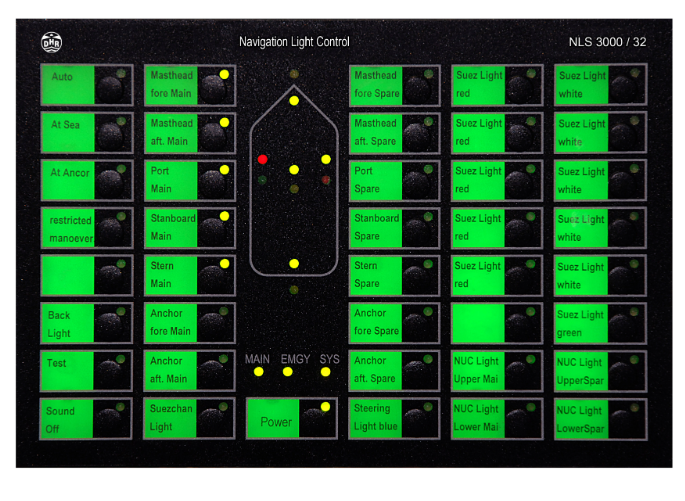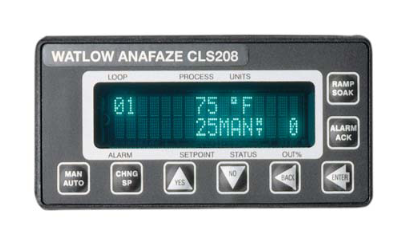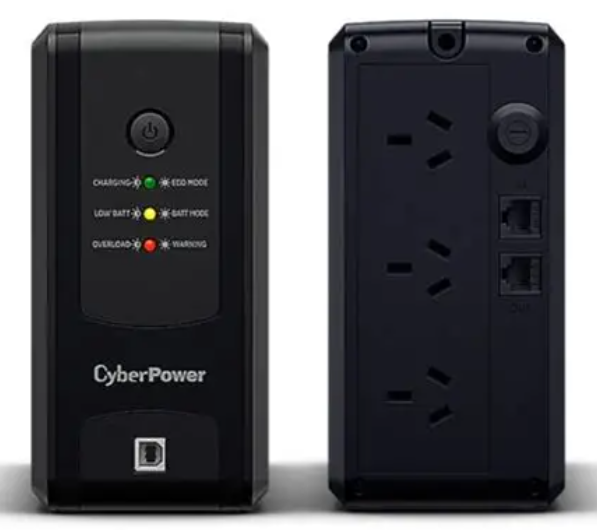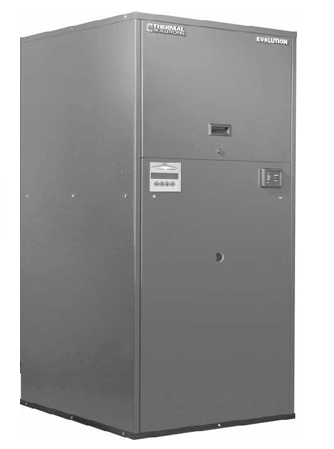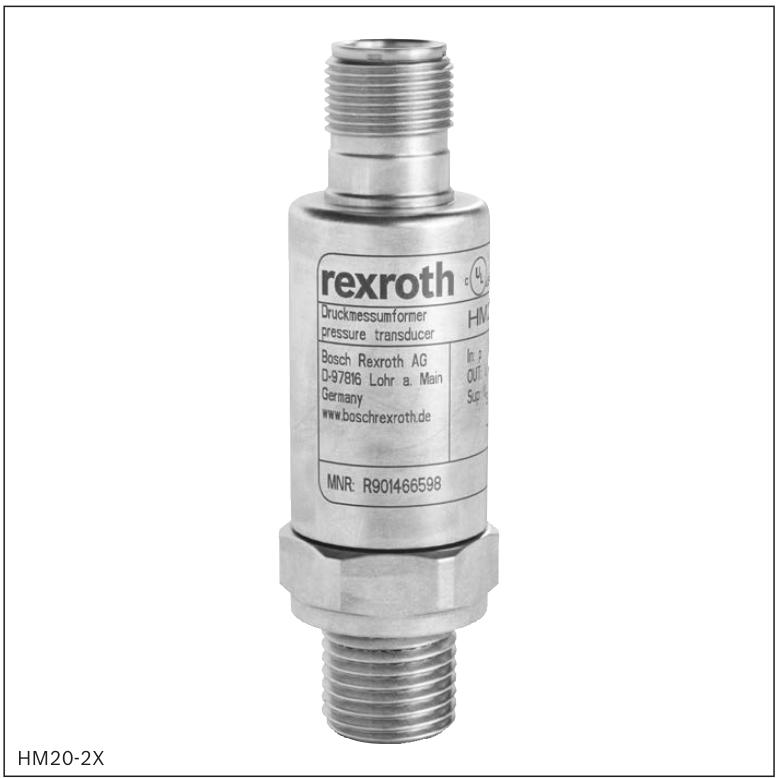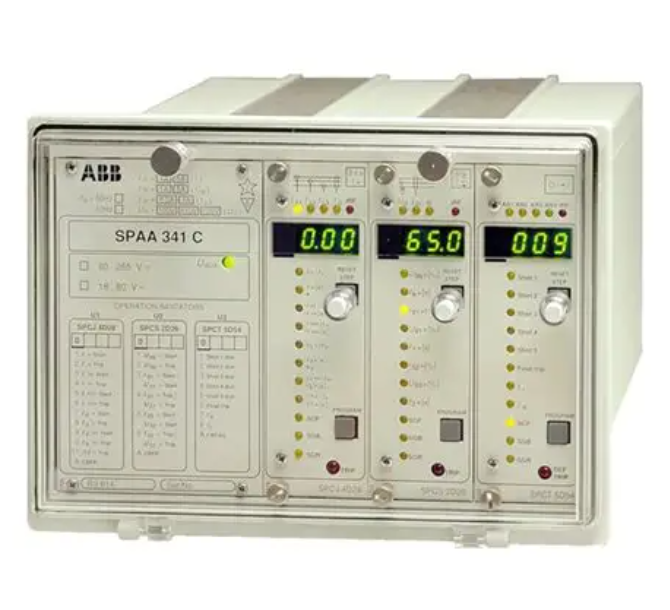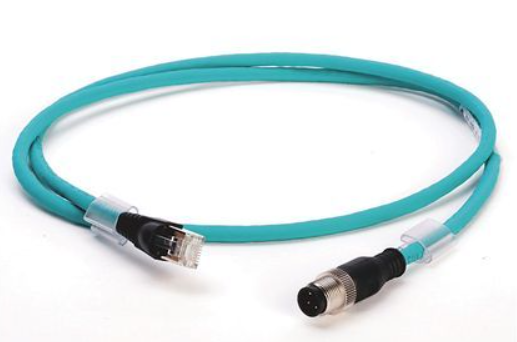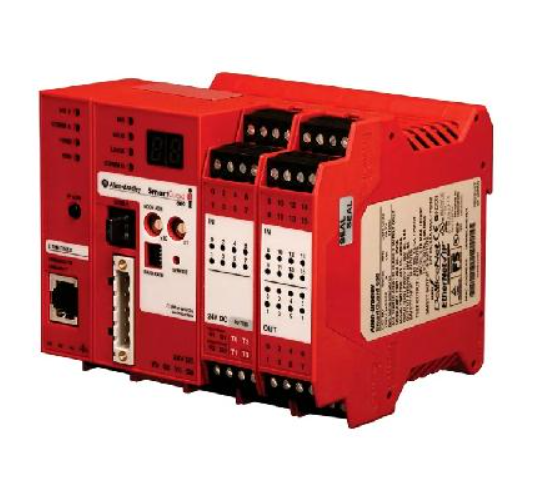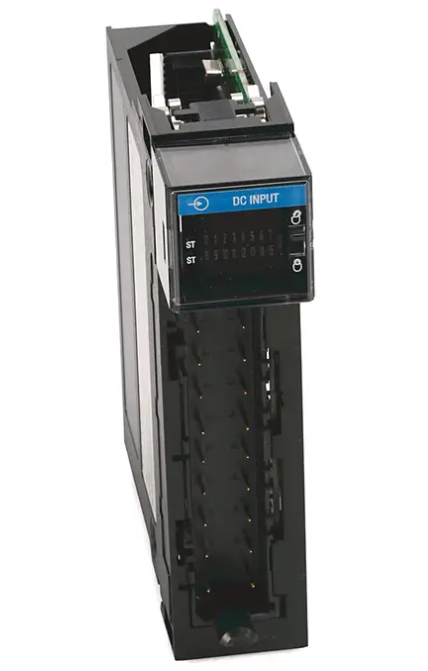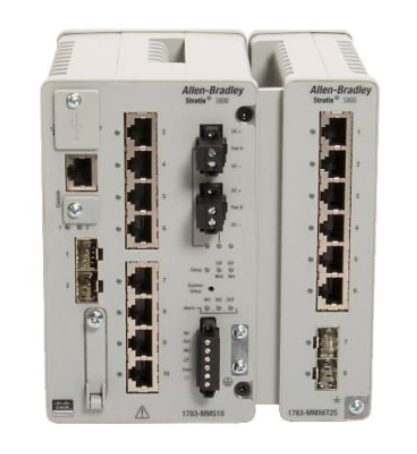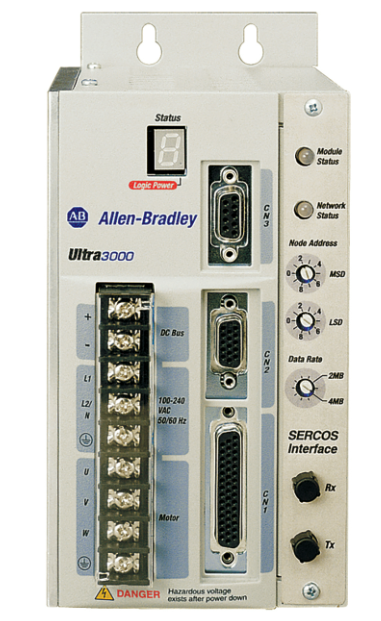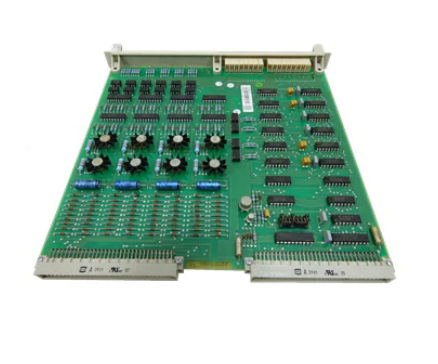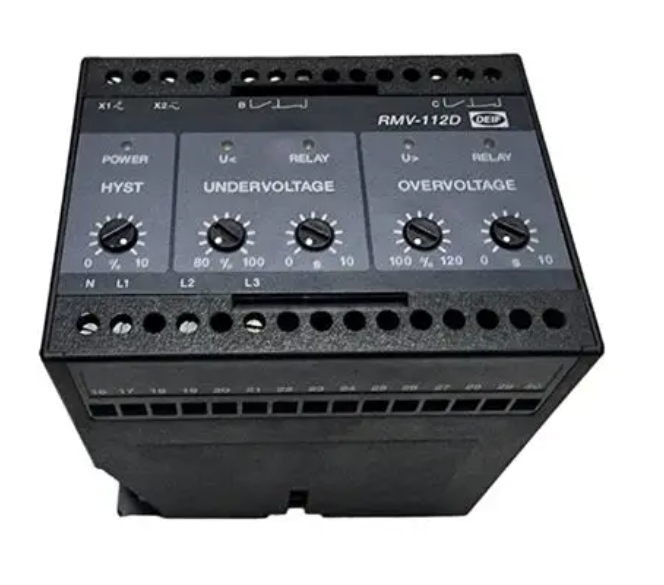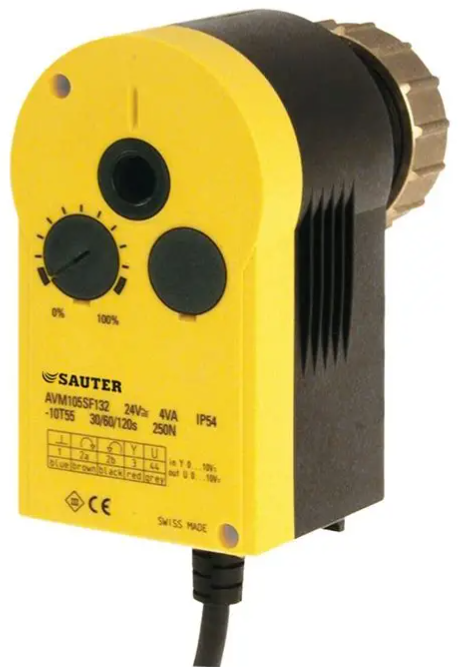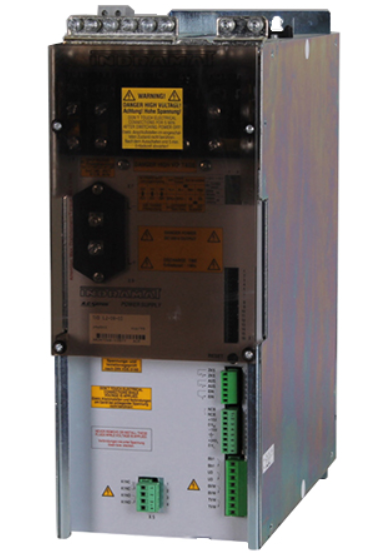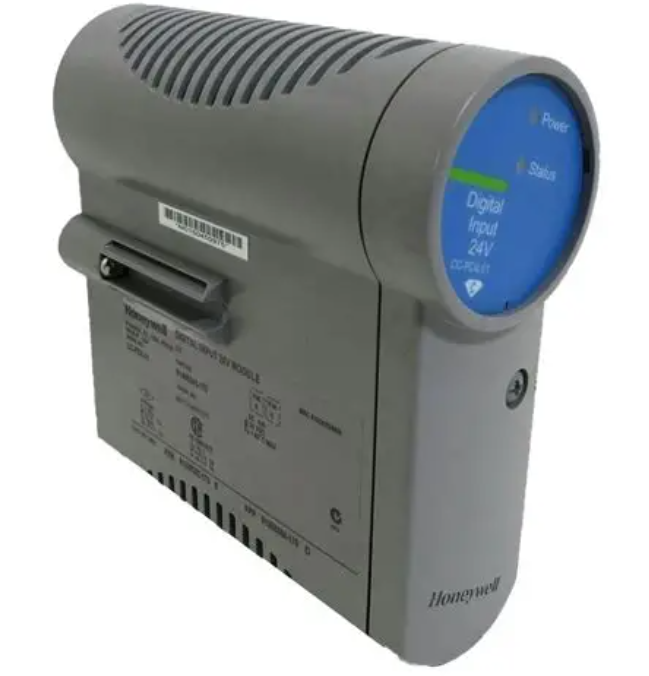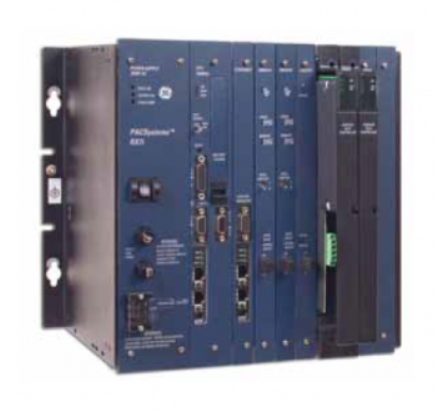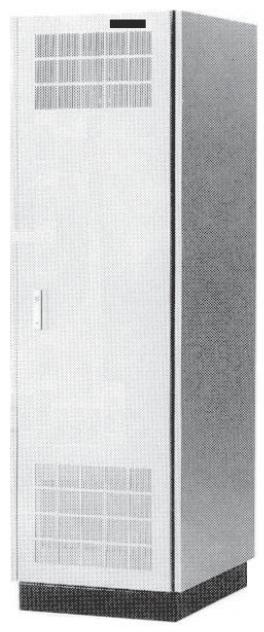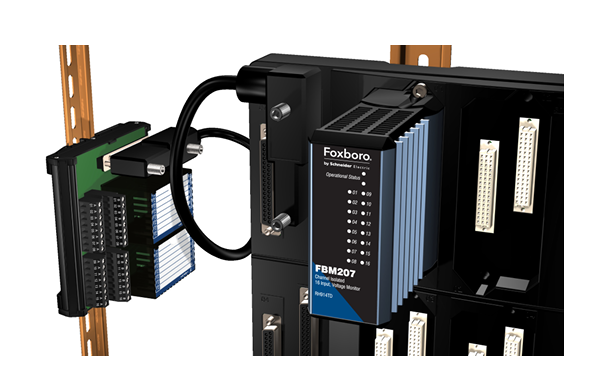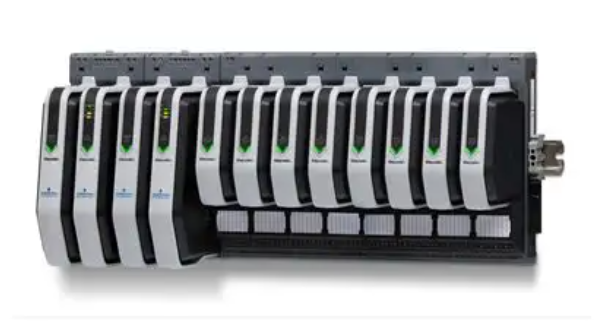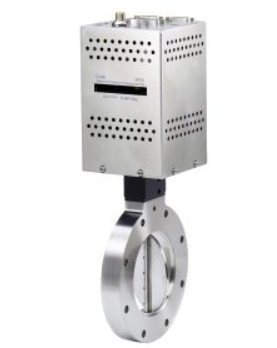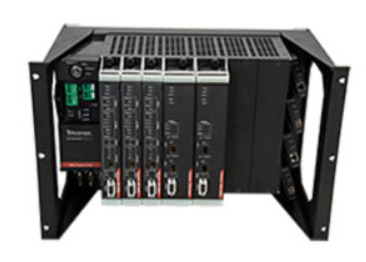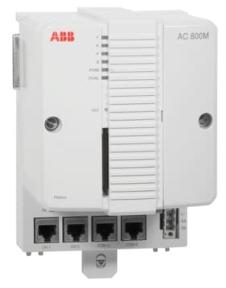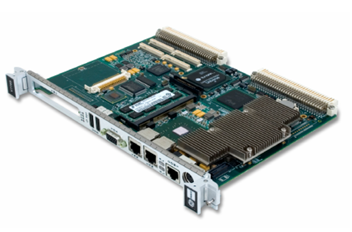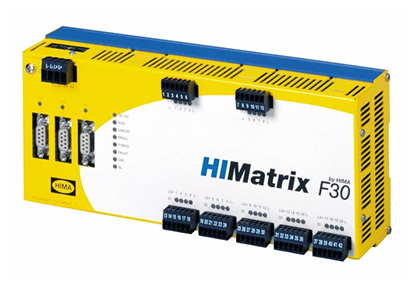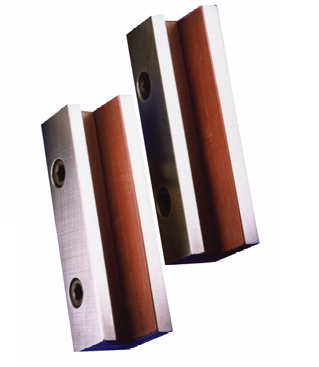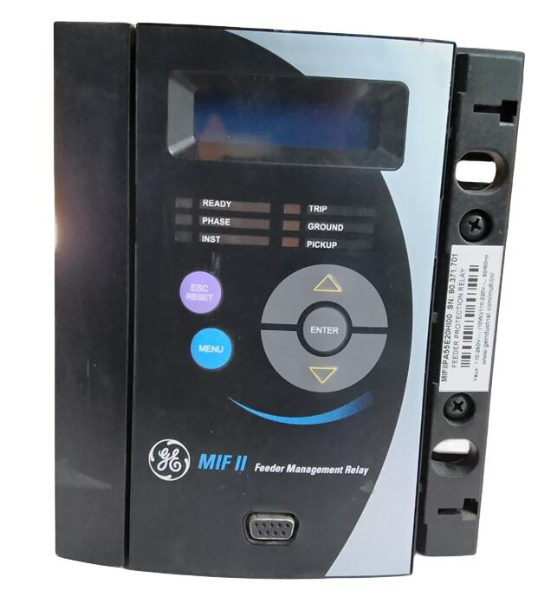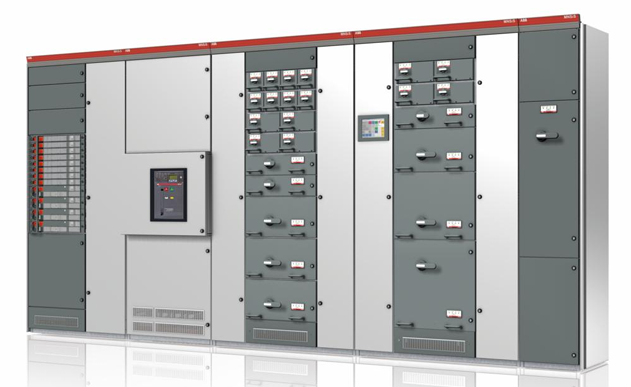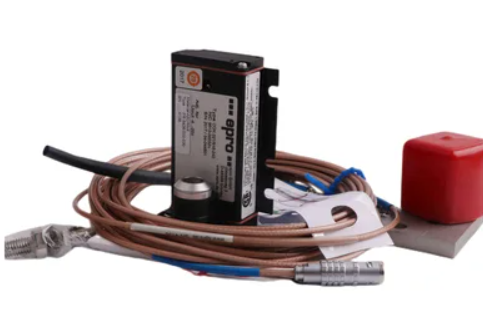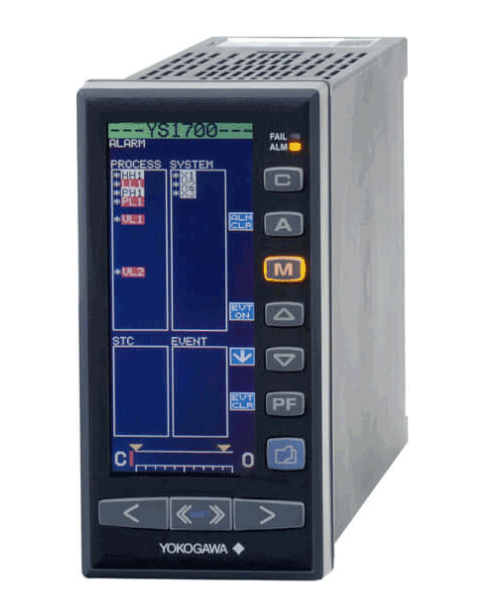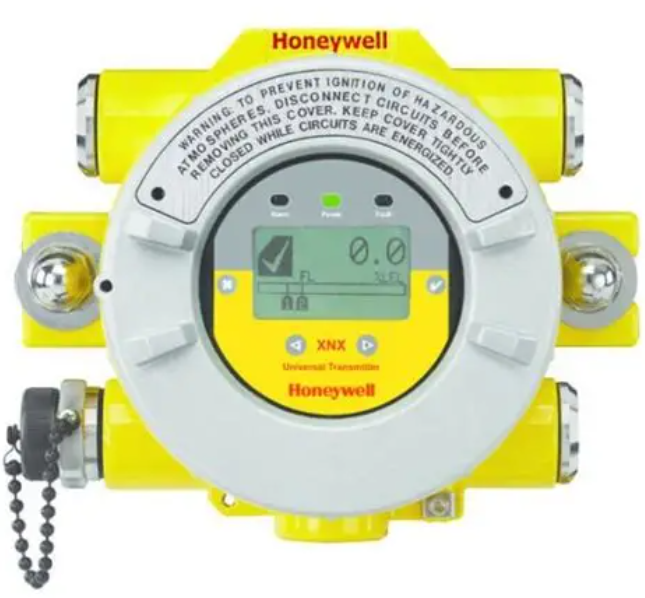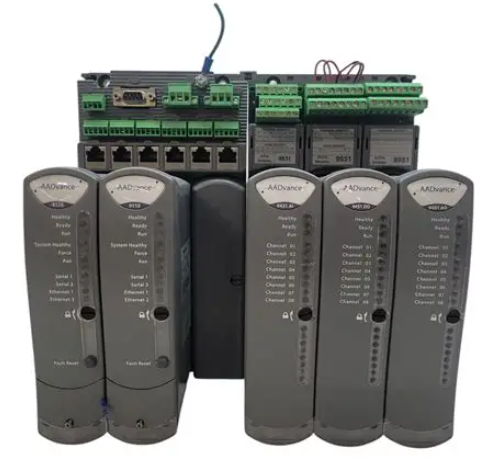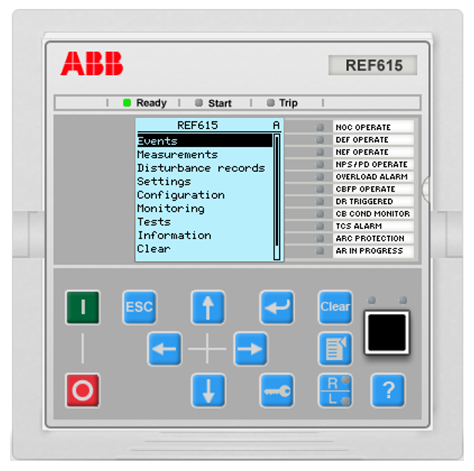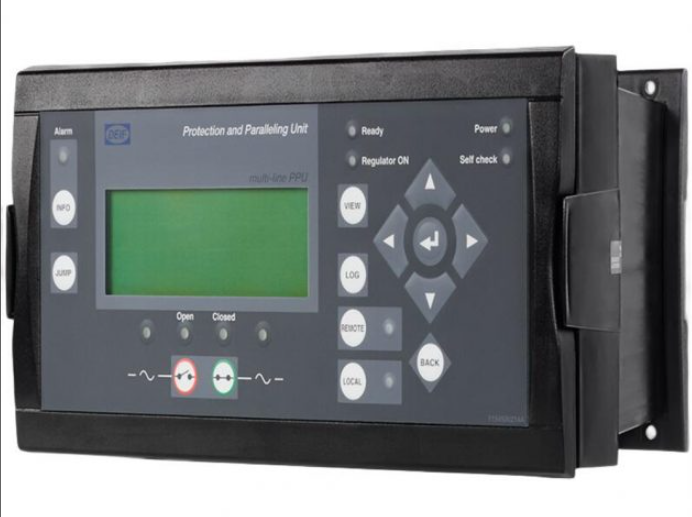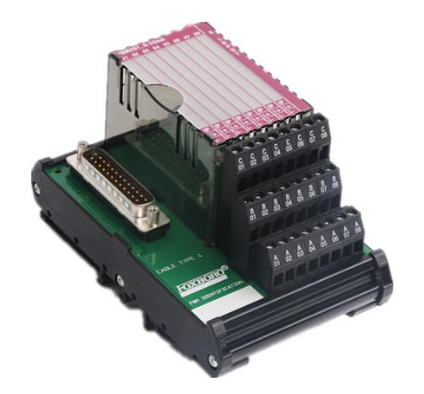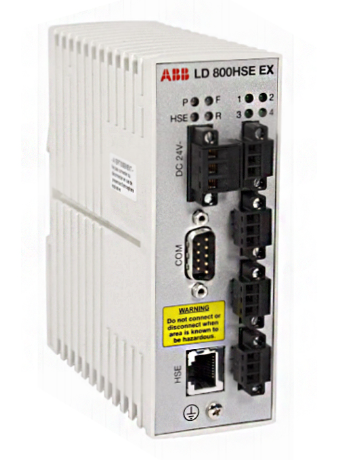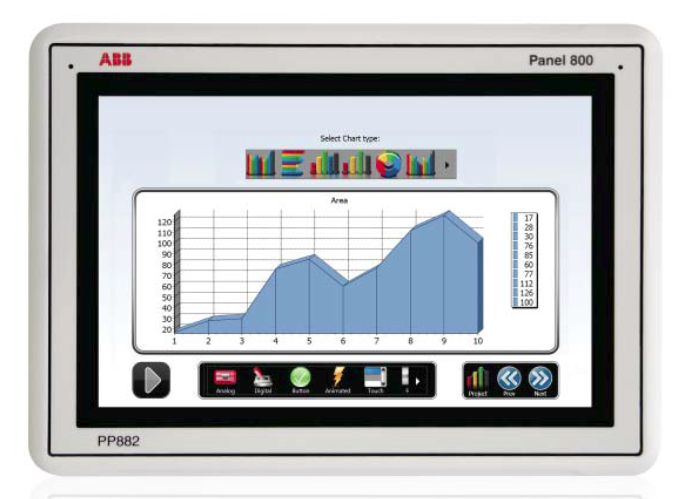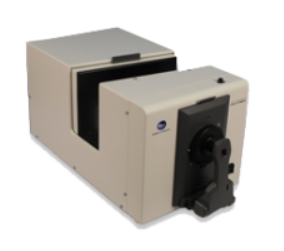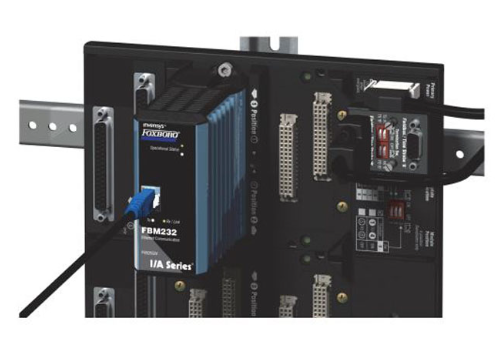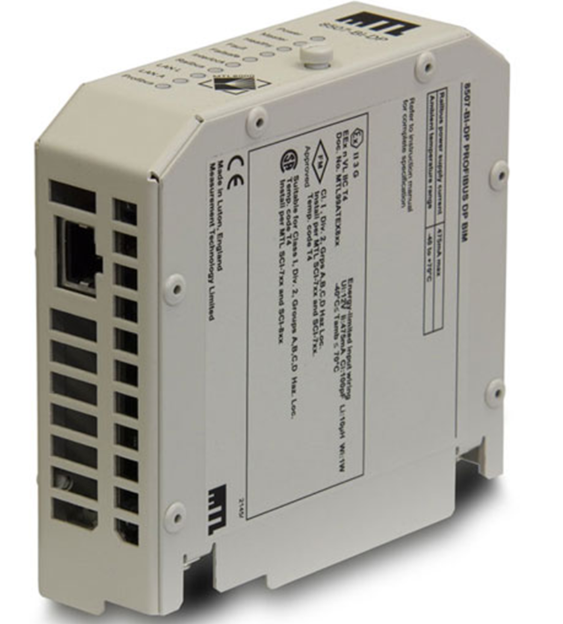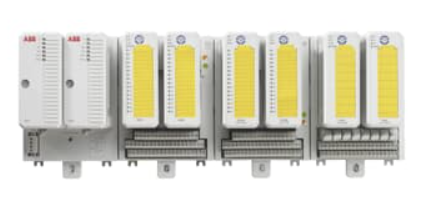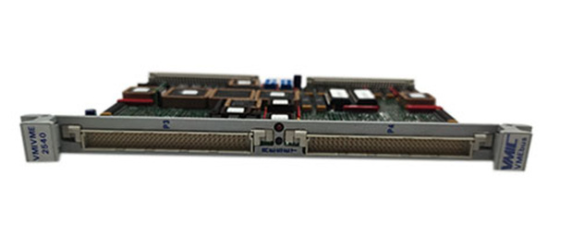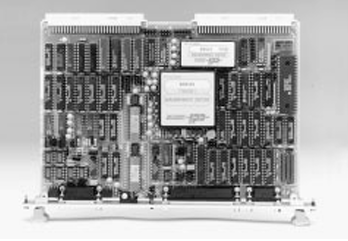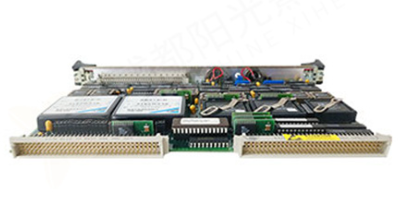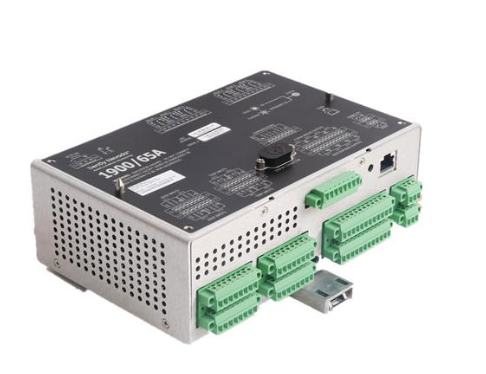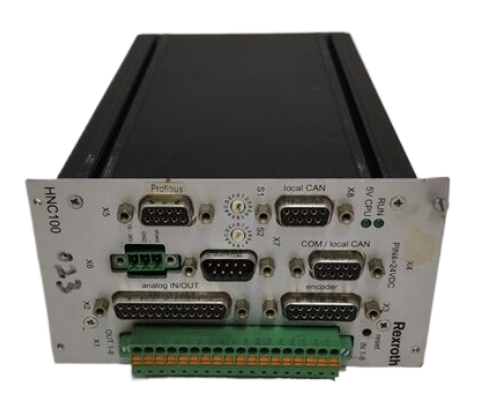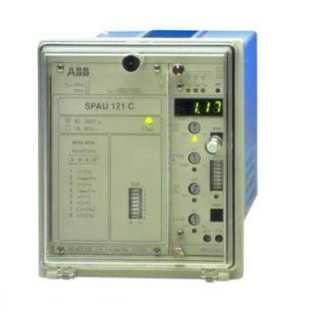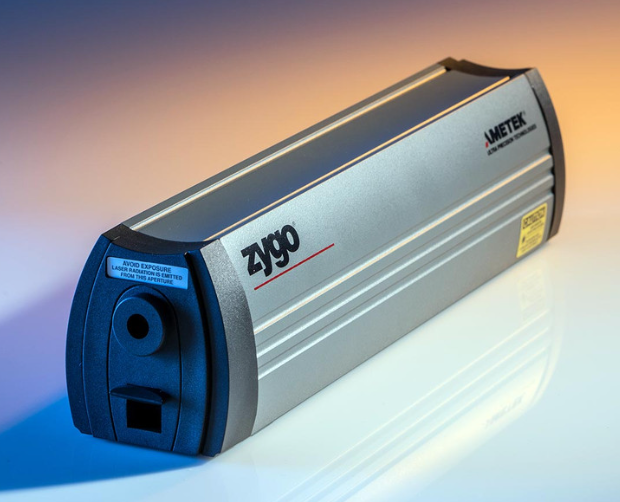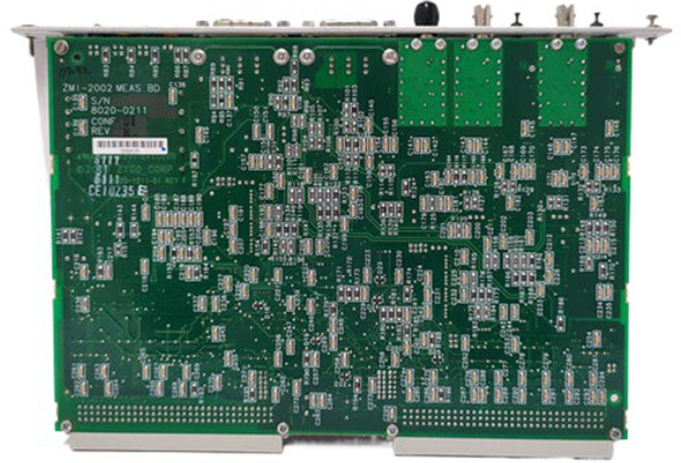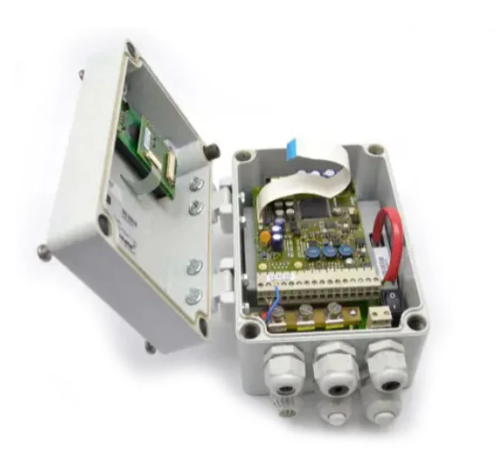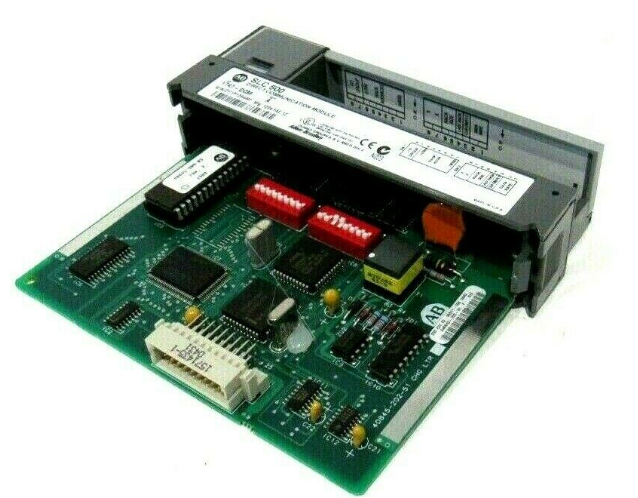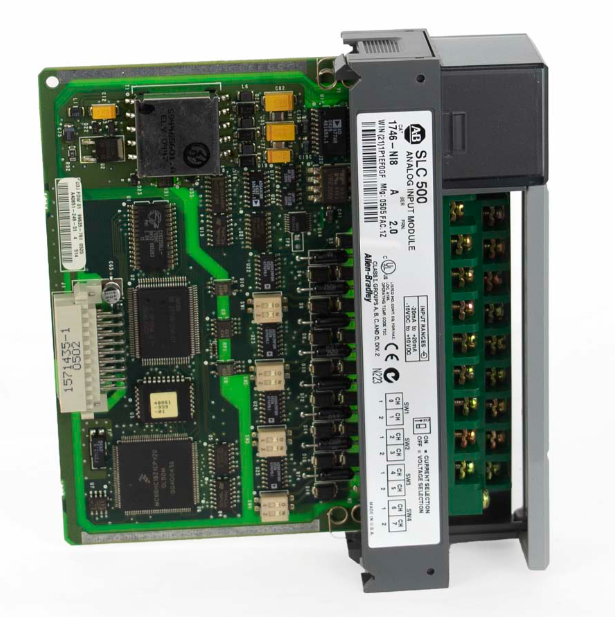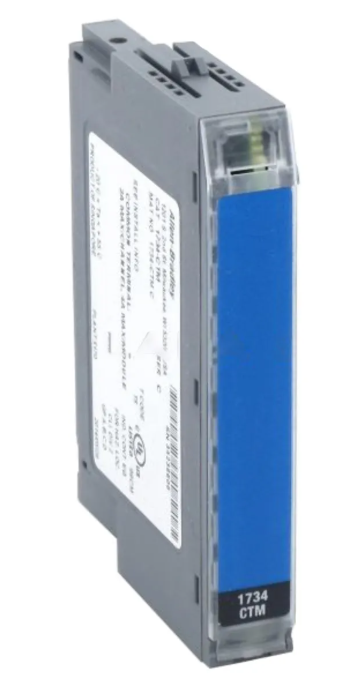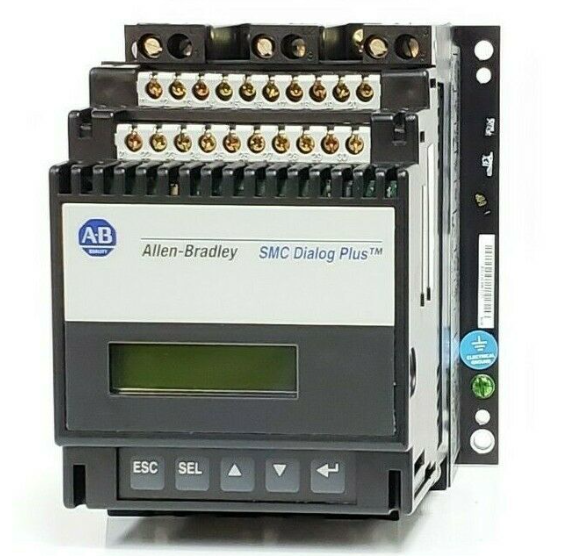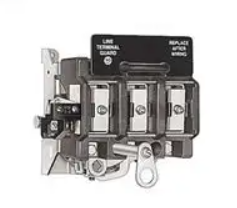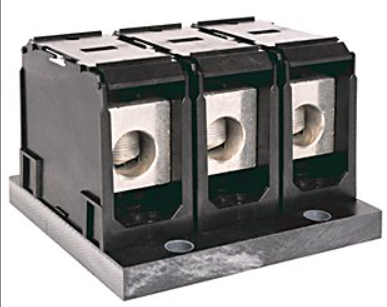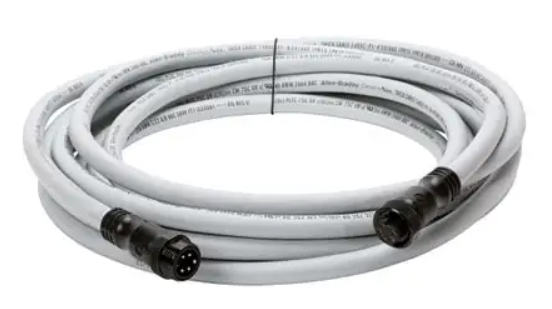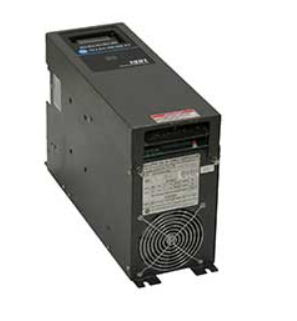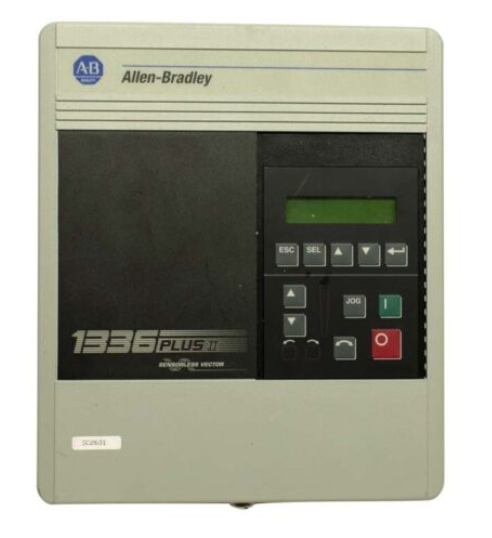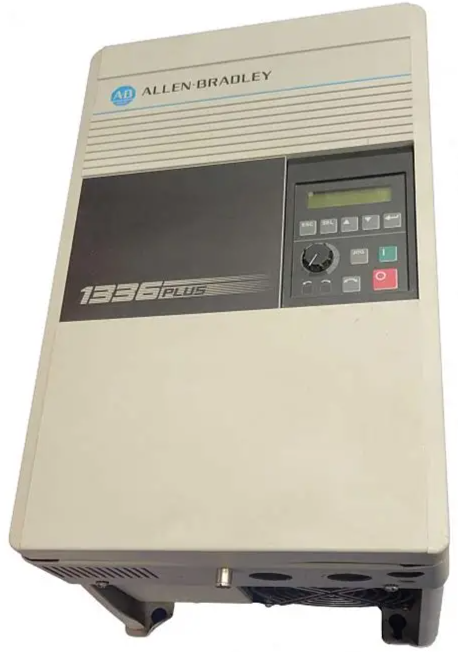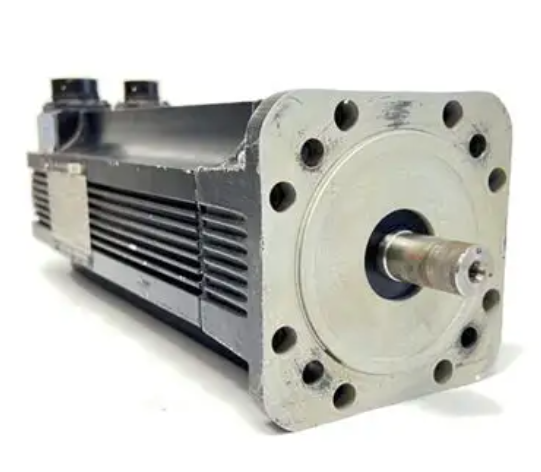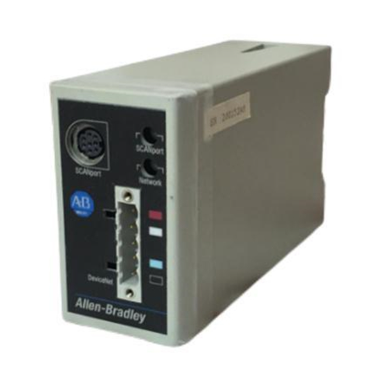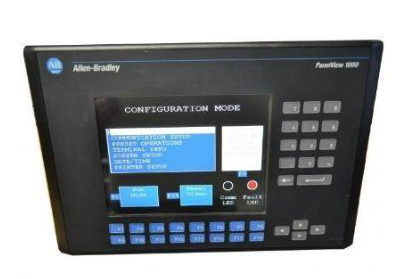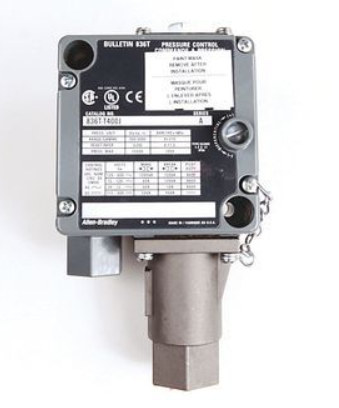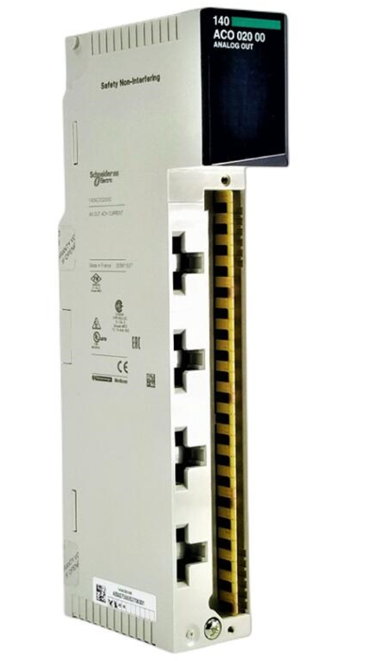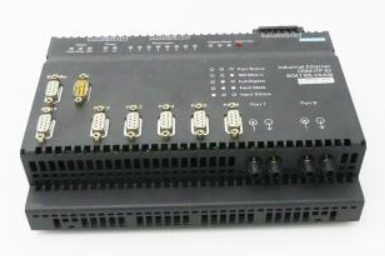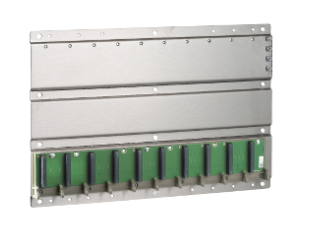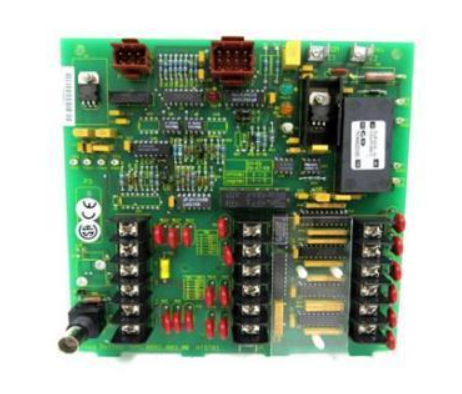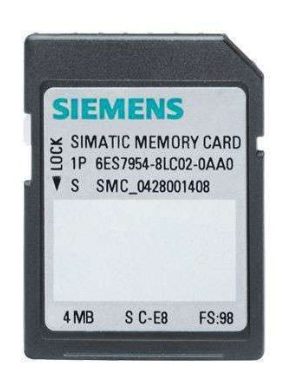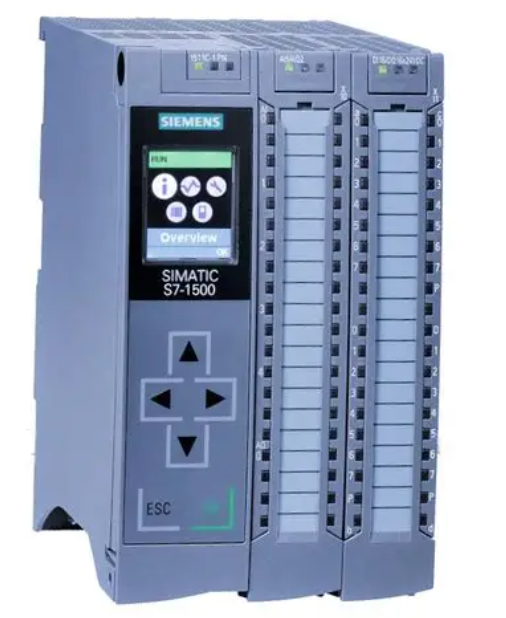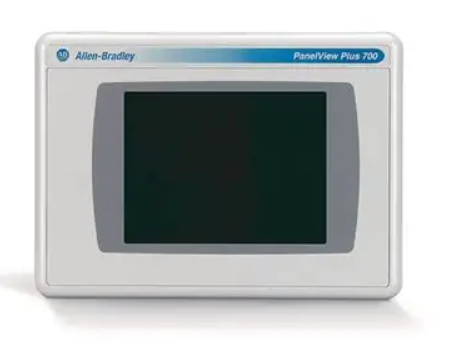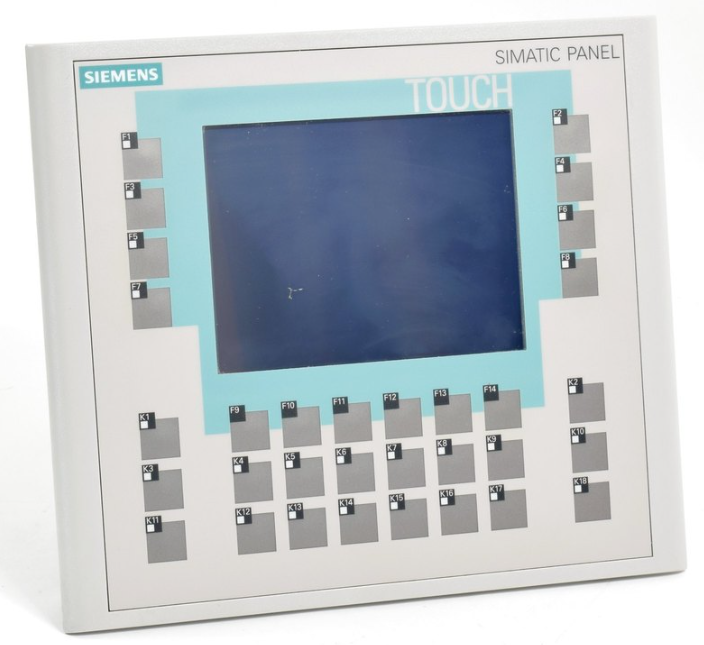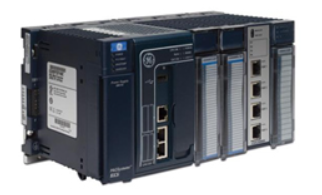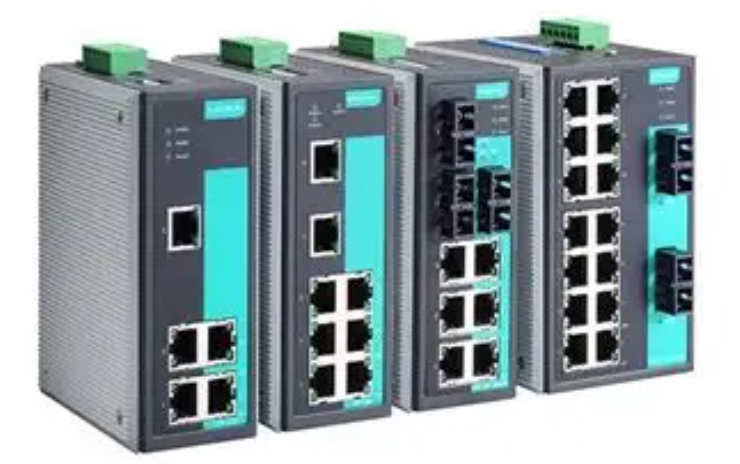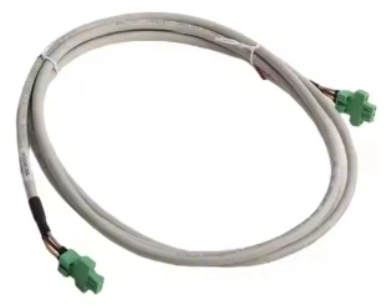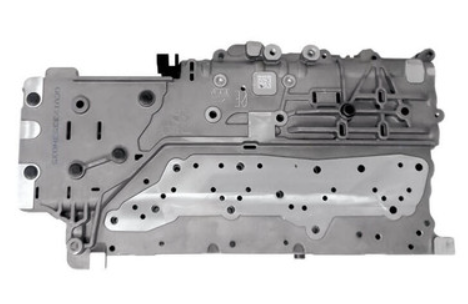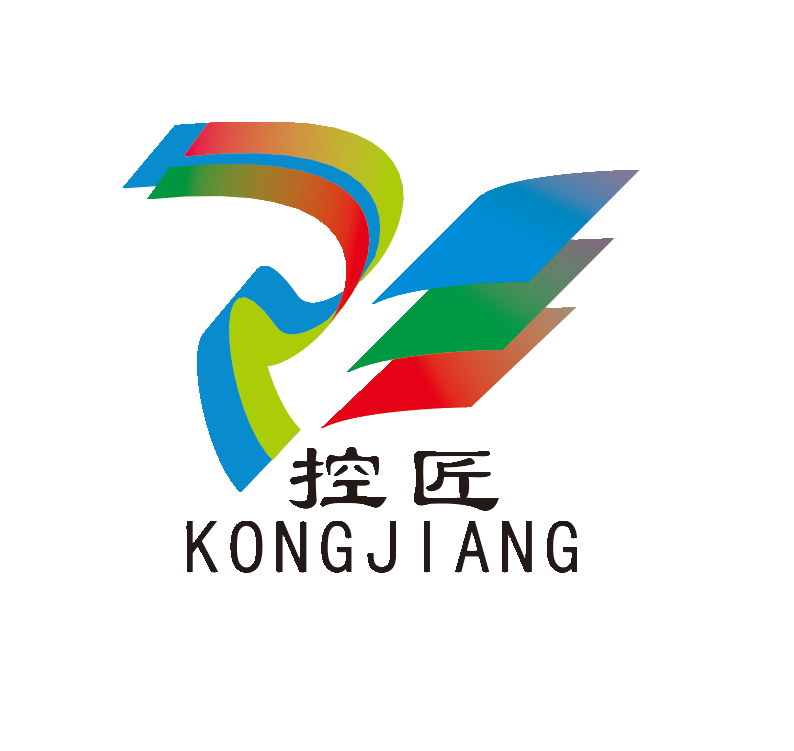

K-WANG


- Telephone:+86-15305925923
- contacts:Mr.Wang
- Email:wang@kongjiangauto.com
ABB H&B Contronic SS 11 Module SS 11 H&B Contronic
Basic features
Structural design: It usually adopts compact modular design, which is easy to be installed and disassembled in the control cabinet, and can be mounted on the standard DIN rail, which helps to save space and facilitate the expansion and maintenance of the system. Its shell generally has good protection performance, can resist a certain degree of dust, moisture and electromagnetic interference, to adapt to the more severe environmental conditions of industrial sites.
Marking and type: The modules are clearly marked with ‘SS 11’ and ‘ABB H&B Contronic’ for quick and accurate identification and positioning in complex industrial installations.
Technical data
Power requirements: Generally powered by a 24V DC power supply, the operating voltage range usually fluctuates within a certain tolerance, for example, it may be between 20V DC and 30V DC, in order to ensure that it can still work stably under the possible fluctuations in the power supply of the industrial site.
Input and output characteristics: the module has multiple input and output channels, the digital input channel can receive discrete signals from external sensors, switches and other devices, such as 0V or 24V for the on/off state; digital output channel can output the corresponding switching signals for controlling relays, contactors and other actuators. Some models may also have analogue input and output channels, capable of handling standard analogue signals such as 0-10V, 4-20mA, etc., to meet the measurement and control needs of continuously changing physical quantities.
Communication function: Supporting common industrial communication protocols, such as Profibus, Modbus, CANopen, etc. Through these communication interfaces, SS 11 modules can conveniently exchange data and communicate with other ABB devices and third-party industrial automation equipment to realise system integration and collaborative work, and the communication rate usually meets the data transmission needs of industrial sites with high real-time requirements. The communication rate usually meets the high real-time data transmission requirements of industrial sites.
Functional features
Signal processing and conversion: It can collect, filter and amplify the input digital and analogue signals, effectively improve the quality and accuracy of the signals, reduce the impact of external interference on the signals, and ensure that the system obtains reliable measurement data and control commands. At the same time, the module can also achieve the conversion between digital and analogue signals to adapt to different types of equipment and control requirements.
Control Logic Function: Rich control logic functions are integrated internally, which can be flexibly set through programming or configuration software to realise a variety of complex control strategies, such as logic operation, timing control, counting control, etc., which can meet the diversified control needs in different industrial production processes.
Diagnostic and Alarm Function: With comprehensive self-diagnostic function, it can monitor its own working status in real time, including power supply voltage, working temperature, input/output channel status, communication connection status and so on. Once the abnormal situation is detected, it will immediately send alarm information to the monitoring system through the communication interface, and carry out intuitive alarm prompts locally through the indicator or display, which is convenient for the maintenance personnel to locate and solve the problem quickly.
Application Fields
Manufacturing automation: In the automated production line of automobile manufacturing, machining, electronic equipment production and other industries, it is widely used in the logic control, sequence control and motion control of equipment, such as the control of robots, start-stop control of conveyor lines, and the coordination of movements of automated assembly equipment, etc., which can effectively improve the production efficiency and product quality.
Process industry: in the chemical, pharmaceutical, food and beverage, sewage treatment and other process industries, used in the production process of temperature, pressure, flow, level and other physical measurements and control, to achieve automated monitoring of the production process and optimise the adjustment, to ensure the safe and stable operation of the production process and the consistency of product quality.
Energy management: in the power, heat, gas and other energy supply and management industry, it can be used for monitoring and control of energy production equipment, transmission equipment, metering equipment, etc., to achieve optimal distribution and management of energy, improve energy efficiency, reduce energy loss, and at the same time, timely alarms and treatment of energy system failures to ensure the reliability of energy supply.

| User name | Member Level | Quantity | Specification | Purchase Date |
|---|






